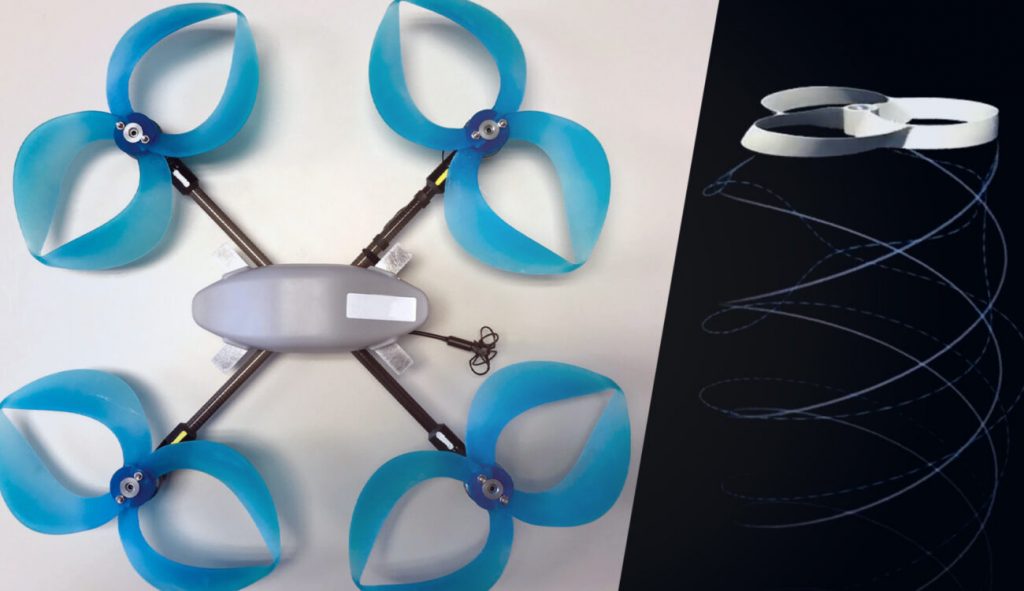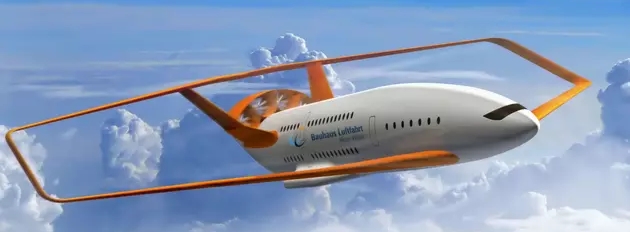
The MIT (Massachusetts Institute of Technology – USA) recently released a patent and some studies on toroidal propellers that are making an amazing media buzz.
Many messages are comingon our mailbox in asking when E-Props will release propellers based on this “great innovation, which could represent the future of propellers”.
The MIT presents toroidal propeller : “The propeller includes a hub supporting a plurality of elongate propeller elements in which a tip of a leading propeller element curves into contact with a trailing propeller element to form a closed structure with increased stiffness and reduced acoustic signature.“
Let’s analyze a bit.
1/ This "innovation" is a reworking of one already patented in 1901 by Francis Wentworth Brewster. Screw-propeller : "Blades each blade being constituted by a surface enclosing an empty space, e.g. forming a closed loop". Click here to see this 1901 patent. This principle was then repeated several times, in different patents. In this case, not exactly "innovative".
2/ When you put more blades on a propeller and make it rotate slower, it makes less noise. Nothing new in that... This is a basis of all research on propeller noise. On the MIT graphs, the analysis of the acoustic pressure distributions of the propellers shows that the toroidal propeller simply rotates less rapidly than the others. The graphs are biased. 😒
3/ Connecting the blade tips together doesn't do anything. It's a bit like the rhombohedral wing concepts - which never go beyond design offices.
4/ On high power engines as used on aviation (even on paramotors), the propellers must be designed to withstand the power and the centrifugal load. And there, it is not possible to manufacture this type of propellers from a mechanical point of view. The mass is essential for an aeronautical propeller. To imagine manufacturing a toroidal propeller for aviation, it is impossible to use wood or metal. We would need monolithic carbon, and the propellers would then be 10 times heavier than a traditional propeller !
5/ On very small electric motors, it is possible to have this type of propellers, for example the ones made in 3D printing for small drones or multicopters. For boat propellers, which are not subject to high centrifugal load, it is also possible to manufacture such propellers. But without any noise gain. It is just a "marketing" solution to have a nice & different propeller, certainly heavier, without degrading too much performances...
Research is not about relooking a 90 year old concept and making people believe that it will solve all the noise problems by omitting many test cases and forgetting that there are manufacturing constraints.
==> Research is a very meticulous day-to-day work taking into account all the data. It requires a lot of commitment from the teams, a lot of work and tests, a lot of resources, and a little bit of luck (and, hum, usually no time for messy communications 😀).
Sorry about this… but the future of propellers does not lie with toroidal propellers !



Leave a Reply
You must be logged in to post a comment.